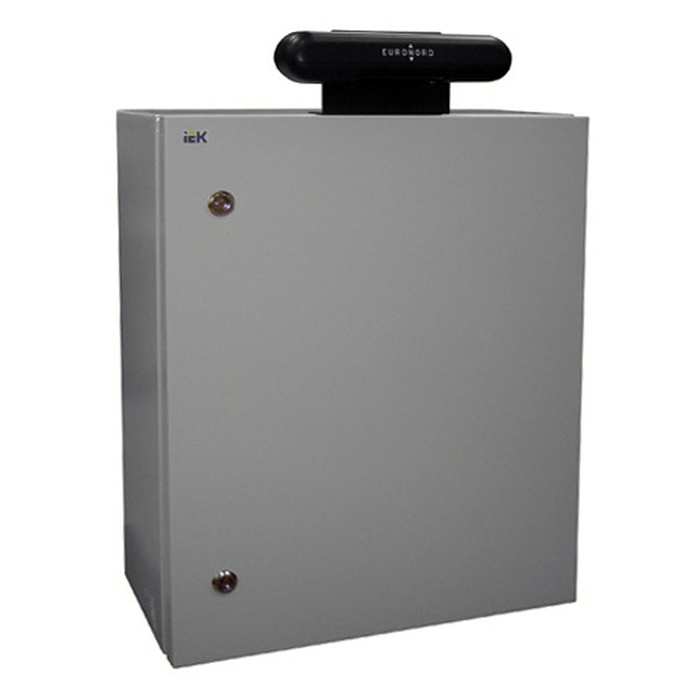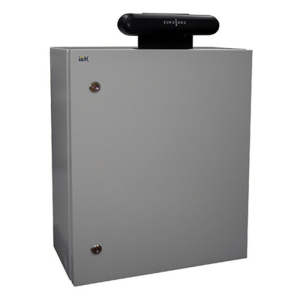Description
The Atomtex AT2327 pedestrian radiation monitor utilises smart probes from the BDKG and BDKN series to detect increases in gamma and neutron radiation. While the default threshold (alarm) level value for neutron radiation is 5 counts·cm2/neutron, threshold levels are easily customizable with the smart probe controller. When a pedestrian crosses the control zone, it triggers the proximity sensor and consequently activates detection units – BDKG starts continuous gamma radiation measurement mode with count rate calculation and, BDKN switches into neutron radiation presence/absence testing mode. This system allows a radiation monitoring network from multiple pedestrian radiation monitors (up to 32 monitors) controlled by PC with bundled dedicated software installed. Users may use a PC to display status of each connected pedestrian radiation monitor, its location on monitored site plan, keep alarm records and logs. The video recorder allows logging of video frames of the monitored site.
For more details, please refer to the datasheet or contact us.
Basic application of the device is pedestrians radiation screening, in places like:
- Airports, bus terminals and railway stations, and underground stations
- Public places and institutions
- Border control and customs clearance points
- Access control points in nuclear industry objects
Features:
- 2-second triggering when the threshold level is exceeded by 0.05 µSv/h (BDKG-11/1) and 0.03 µSv/h (BDKG-19)
- Rapid accommodation to radiation background change
- Activation of sound and light alarm upon detection of gamma and/or neutron radiation
- Multiple pedestrian radiation monitors can be joined into a network controlled by dedicated software on personal computer
- Mobility and passage formation capability
- Component self-testing during operation
- Continuous and occasional radiation monitoring
- 230V-50Hz mains / integrated battery operation



